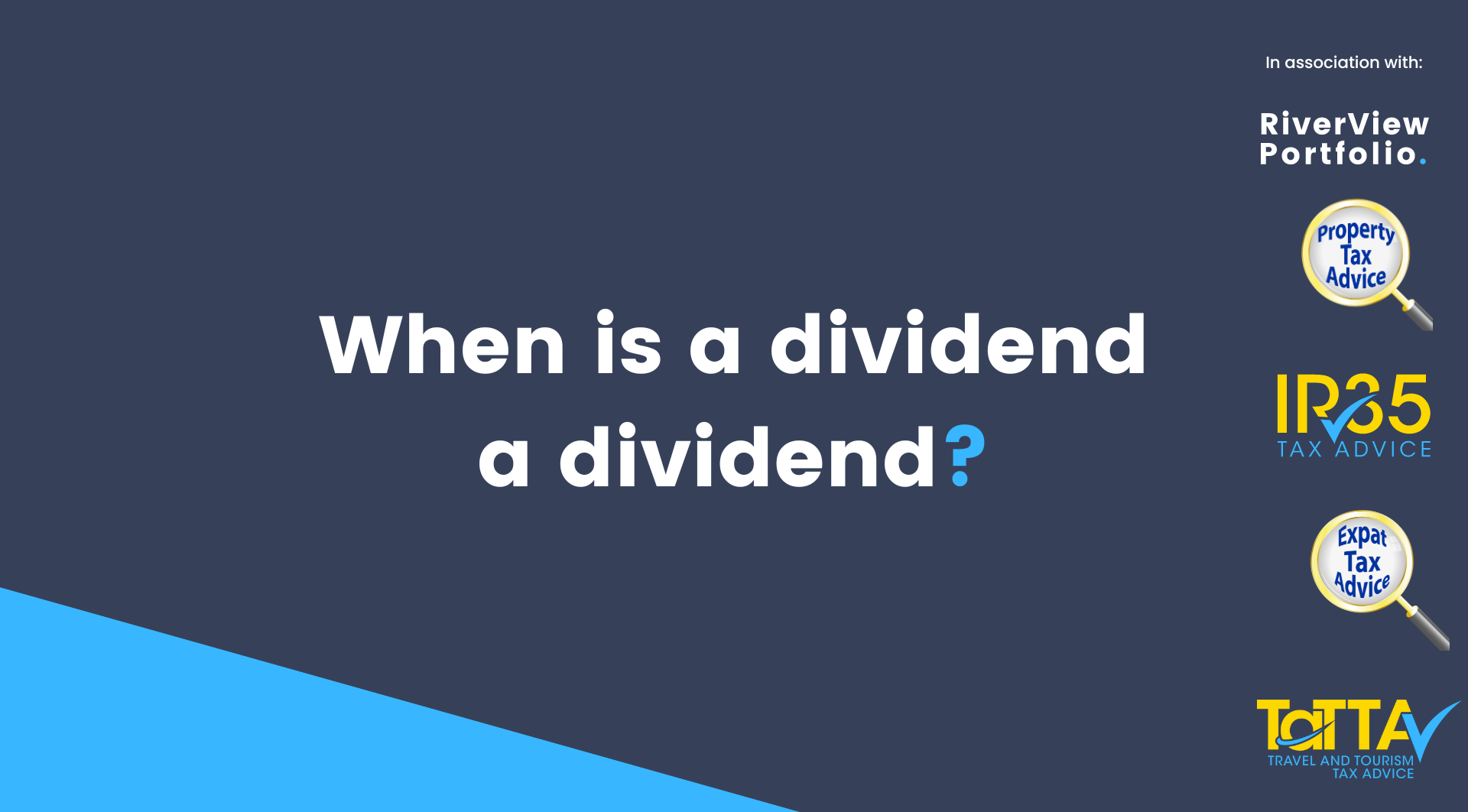When is a dividend a dividend?
Posted on 7th March 2024 at 20:33
For lots of SME business owners, dividends will make up a significant part of their total personal income.
#Dividends will often be used alongside a salary payment from your company. Dividends offer some tax benefits compared to taking all of your remuneration by way of salary.
The key differences between dividends and salary are:
A salary is treated as paid pre-tax from your company, so you benefit from corporation tax relief whereas dividend are paid post your corporation tax being payable.
The income tax payable on salary is based on 20%/40%/45% across the bandings of tax, the equivalent rates for dividends across the same bandings are lower at 8.75%/33.75%/39.35%.
There is an additional tax free allowance for dividends over and above the standard personal tax allowance. For the 23/24 tax year this is set at £1,000 per year, reducing to £500 from the 24/25 tax year.
Salary payments are liable to both employee and employer national insurance (above the respective thresholds), whereas dividends aren’t liable to national insurance.
So there are some quite key tax differences between salary and dividend payments and for many business owners, where their company provides the majority or sole source of income, dividends will form a significant part of that.
It is therefore important that you ensure you follow the steps required in order to declare the income you draw from your business as a dividend. So what are the steps:
Prepare your management accounts – the figures that you review through the year. These should include all of the adjustments that you “may only see at year end”, so that you get as accurate picture as possible of your business finances
Review profitability – make the decision whether the profitability (yes of course you are running a profitable business 😉) allows you to make a declaration to shareholders.
Get your paperwork in order – Draw up the board minutes and supporting certificates that confirm the actions decided by the board to issue the dividends.
Make the payment – from the company to the respective shareholders in line with the decision made
Start all over again – complete the cycle each time you are looking to make a dividend payment
It’s important that you complete this loop as you can cause yourself to be facing unplanned for tax consequences, if indeed what you thought was a dividend is in fact a loan from your business. This can cause significant differences in the tax liabilities that you could be facing.
Getting your dividend decisions and actions in order cross over a lot of aspects primarily – bookkeeping, tax planning and company secretarial.
Not sure what you need to do? Reach out to the team today.
Tagged as: Dividends
Share this post:







